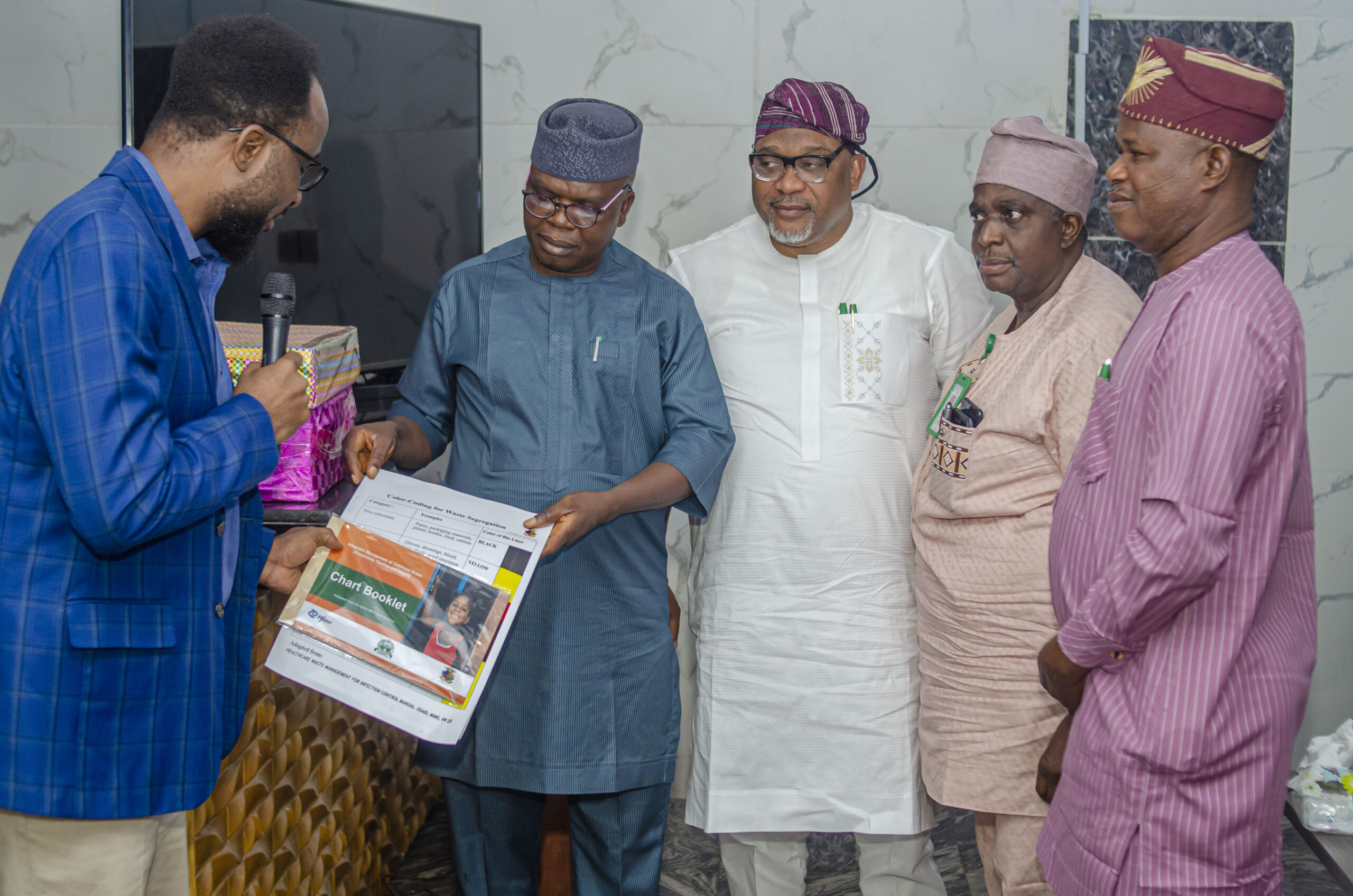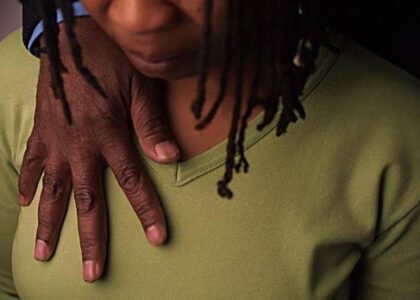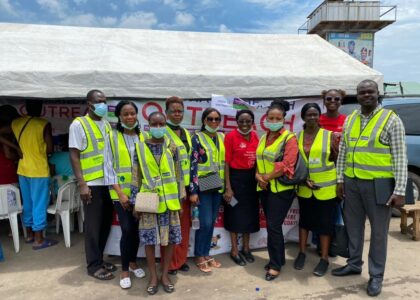[fusion_builder_container hundred_percent=”no” equal_height_columns=”no” menu_anchor=”” hide_on_mobile=”small-visibility,medium-visibility,large-visibility” class=”” id=”” background_color=”” background_image=”” background_position=”center center” background_repeat=”no-repeat” fade=”no” background_parallax=”none” parallax_speed=”0.3″ video_mp4=”” video_webm=”” video_ogv=”” video_url=”” video_aspect_ratio=”16:9″ video_loop=”yes” video_mute=”yes” overlay_color=”” video_preview_image=”” border_size=”” border_color=”” border_style=”solid” padding_top=”” padding_bottom=”” padding_left=”” padding_right=””][fusion_builder_row][fusion_builder_column type=”1_1″ layout=”1_1″ background_position=”left top” background_color=”” border_size=”” border_color=”” border_style=”solid” border_position=”all” spacing=”yes” background_image=”” background_repeat=”no-repeat” padding_top=”” padding_right=”” padding_bottom=”” padding_left=”” margin_top=”0px” margin_bottom=”0px” class=”” id=”” animation_type=”” animation_speed=”0.3″ animation_direction=”left” hide_on_mobile=”small-visibility,medium-visibility,large-visibility” center_content=”no” last=”no” min_height=”” hover_type=”none” link=””][fusion_text]
Kangaroo Mother Care Can Save Your Preterm Infant
‘I am not going down that lane anymore. After my first loss, I’m not clinging to an empty hope again. What is this Kangaroo Mother Care supposed to do for me?’
A smile tugged at my lips as I replayed those words of hopelessness in my head now. At the time, all I could remember was the pain of seeing life ebb out of my first preterm child slowly. Initially, so many people were elated by the news of the delivery of my first baby and I was too. However, my happiness was short lived because my bundle of joy couldn’t survive, not even in the safe haven of an incubator. My late baby had Fetal Growth Restriction; a condition that occurs when the placenta is not functional to sustain babies with the nutrients they need to grow normally.
This condition led to the preterm delivery of my first baby. Because that baby had no protective fat, she got cold in normal room temperatures. For that reason, she was placed promptly in an incubator (also known as isolette) after birth so the incubator temperature can be adjusted to keep her warm. However, this didn’t work for my baby because I lost her on the third day of birth.
That pregnancy affected the next one and I had an early birth again. I was too scared of a recurrence that when the doctor spoke to me of a method called “Kangaroo Mother Care” to preserve this birth I protested vehemently. This method scared me because of the intimacy it hinted. It had been horrendous to see my first baby die in an incubator, but at least, it hadn’t been in my arms. This Kangaroo Mother Care demanded skin to skin contact with my preterm baby. This worried me because I was afraid I’d be too attached to the baby which could make my loss much more difficult to bear.
Fortunately for me, my husband was there with me as a support system and he persuaded me to give it a try for us. I knew I couldn’t afford to be selfish that moment; he wanted the baby to live too and he was just as petrified as I was. For his sake, I had to give this baby a chance at life by doing what the doctors asked me to do.
That was probably one of the best decision of my adult life. My baby lived and I knew a bond that I had never shared with anyone else right from that hospital bed. I never thought such a connection was possible.
The Kangaroo Mother Care method saved my baby and I thought it would be great to enlighten pregnant mothers who has had a preterm birth before or maybe this is the carriage of your first babies. This would spur your willingness if ever the need for KMC arises.
World Health Organization (WHO) defines Kangaroo mother care as a method of care of preterm infants. The method involves infants being carried, usually by the mother, with skin-to-skin contact.
How would my baby be positioned?
During Kangaroo Mother Care, your baby would be kept between your breasts in an upright position, chest to chest. Your baby would be secured to you with a binder. The head, turned to one side, is in a slightly extended position. The top of the binder is just under baby’s ear. This slightly extended head position keeps the airway open and allows eye-to-eye contact between the mother and the baby. Ideally, the healthcare workers would the cloth firmly enough so that when you stand up, your cannot slide out. The tight part of the cloth is over the baby’s chest so that the baby’s abdomen would not be constricted and would be somewhere at the level of the mother’s epigastrium. This way your baby has enough room for abdominal breathing. This position is strategic because your breathing stimulates your baby.

How would I care for my baby during KMC: Your baby can receive most of the necessary care, which includes feeding while in the kangaroo position. He/ she only needs to be moved away from skin-to-skin contact for diaper change, cord care, clinical assessment and hygiene.
Location for KMC: You would most likely be kept in a KMC ward with other mothers undergoing the KMC process as you are. The rooms would be kept warm for small babies (22-24°C). You and the other mothers would have your needs met so you can stay healthy for your baby.
Won’t that get boring?
KMC won’t hinder you from your daily activity. In between caring for your baby, you can engage in your recreational and educational activities to prevent or reduce the inevitable frustrations of being away from home and staying in a health facility. However, you must ensure the activity isn’t too noisy so it doesn’t disturb the small babies. Based on the instructions given by your doctor, you can move around freely during the day at the hospital facility.
What’s the duration of a KMC period?
This is dependent on the discretion of your medical health giver, however, KMC could last for as less as seven days or as long as 15 days in the KMC ward after which you would continue at home. It’s oftentimes sustained until the baby reaches term (gestational age around 40 weeks) or 2500g.
How would my baby feed?
Your breast milk is suited to your baby’s needs. The fact that your baby’s birth occurred before term or the baby is small shouldn’t stop exclusive breast feeding Read previous our post on breastfeeding on https://www.ehainigeria.org/exclusive-breastfeeding-is-best-for-infants-support-it/) Interestingly, you can breastfeed your child in that Kangaroo position. On some occasions, a very small baby might not feed well from the breast initially, during this period you can express breast milk and give it to the baby with a cup or other implements. However, the doctor or medical health care giver would guide you on kangaroo nutrition and the positioning of your baby.
I’m an adolescent mother, can I handle this?
All mothers can provide KMC, irrespective of the age, financial capability, race, education, culture and religion. According to scientific research, KMC may be particularly beneficial for adolescent mothers and for those with social risk factors.
How soon can KMC start?
Babies weighing 1800g or more at birth (gestational age 30-34 weeks or more) may have some prematurity-related problems, such as respiratory distress syndrome (RDS). Infants with this type of issues will require care in special units. In most cases, however, KMC can start soon after birth.
How do I sleep and rest?
You will have to sleep with the baby in kangaroo position in a reclined or semi-recumbent position, about 15 degrees from horizontal. This can be achieved with an adjustable bed, if available, or with several pillows on an ordinary bed. This position may decrease the risk of apnoea for the baby.
What if I need to use the convenience?
When you need to be away from your baby, he/she can be well wrapped up with a thick shawl and placed in a warm cot, away from cold or wetness, covered with a warm blanket, or placed under an appropriate warming device, if available. During these breaks family members (father or partner, grandmother, etc.), or a close friend, can also help in caring for the baby in a skin-to-skin kangaroo.
My KMC period gave me ample time to bond with my infant. However, I was warned by my doctor to reduce emotional tension because it affects my baby; and the way we bond. One mother in my ward who loved smoking had to jettison it because it isn’t healthy for her baby. Of course, there were cases of sore backs and boredom but it was all worth the sacrifice. Now I have a healthy toddler who makes my world revolve. You should give your baby a chance too.
This article was developed by the Communications department of Equitable Health Access Initiative drawing from the references below:
https://www.who.int/maternal_child_adolescent/documents/9241590351/en/
Join the conversation: drop your comments below and on EHAI social media platforms
Twitter: Ehainigeriaorg
Instagram: Ehainigeriaorg
Facebook: Equitable Health Access Initiative
Linked in: Equitable Health Access Initiative
[/fusion_text][/fusion_builder_column][/fusion_builder_row][/fusion_builder_container]









